We returned to New York for the Fast Company Innovation Festival 2025 because the best strategy work happens when you step outside your client meetings and test your
thinking against the wider world. For a week, leaders from business, technology, culture, and design wrestled with questions we hear every day in our studio: How do you stay relevant when everything changes so fast? How do you scale without losing what made you special? How do you use technology without losing your humanity?
Jaime Moreno, our CEO, first attended in 2014 when barely a hundred people showed up. Eleven years later, more than a thousand gathered for this edition. The growth
mirrors what we see with our own clients: the conversations that used to happen in boardrooms are now happening everywhere, and the pace of change has everyone scrambling to keep up. The festival confirmed three shifts we've been tracking in our work across industries.
Physical spaces are fighting back against digital dominance
At IBM's new Madison One offices in New York, Amanda Carroll and Joanne Wright walked us through spaces designed for the hybrid work reality. But it wasn't just about flexible furniture. They'd created what they called "collision zones," spaces specifically designed for the kind of accidental conversations that drive innovation. We see this same challenge with retail clients: it's not enough to have a beautiful store anymore. Every physical space needs to justify why someone should leave their house.
Brian Niccol's admission at Starbucks hit this perfectly. He acknowledged that efficiency had overtaken experience - their cafés had become grab-and-go stations rather than places you'd want to linger. Their "Back to Starbucks" plan to redesign over a thousand stores isn't just about adding seats and ceramic mugs. It's about understanding that in a digital world, physical spaces need to offer something you can't get from an app: genuine human connection.
This mirrors work we've done helping brands rethink their physical presence. It's not about choosing digital or physical. It's about understanding what each does best and designing experiences that flow between them.

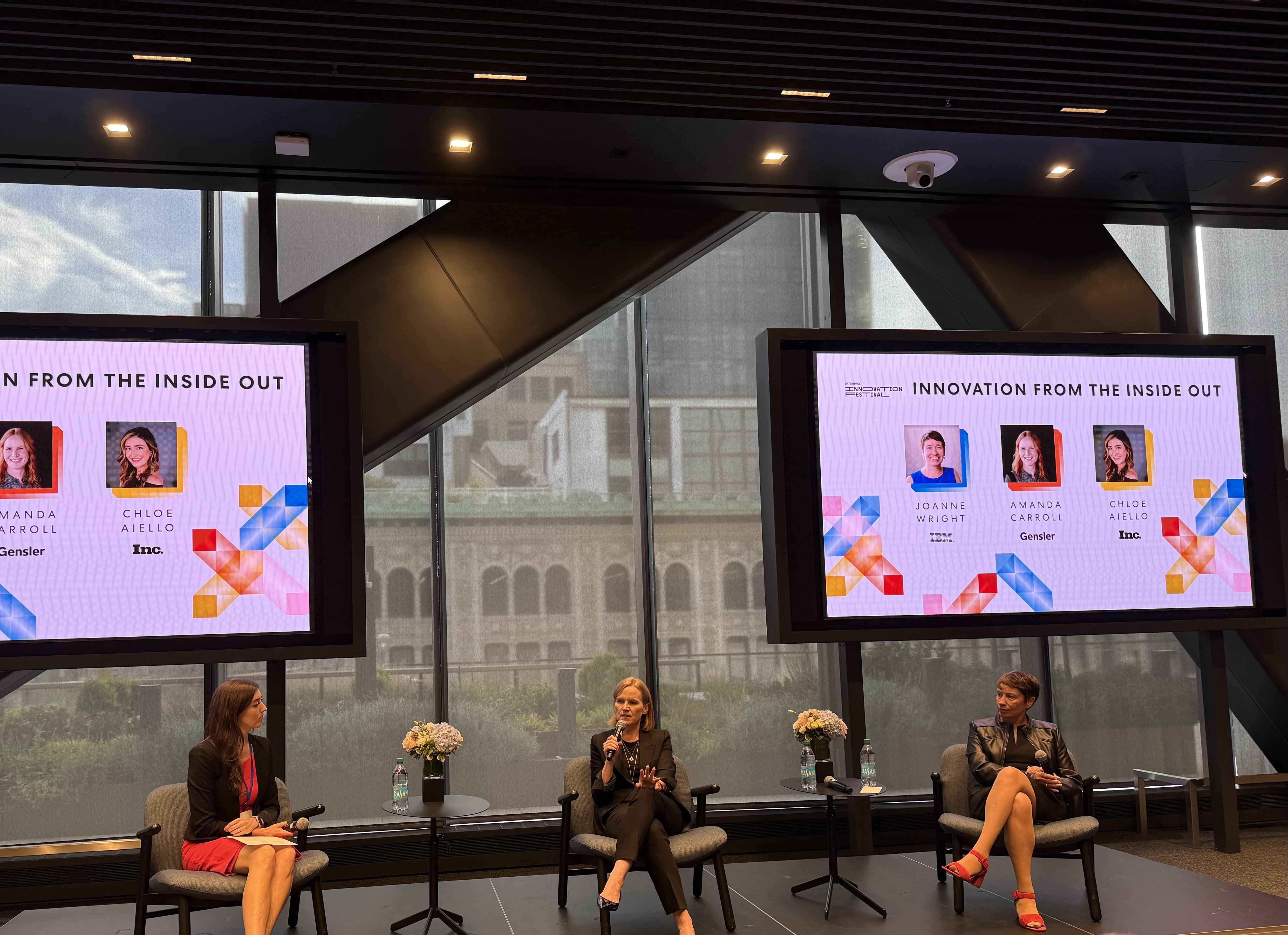
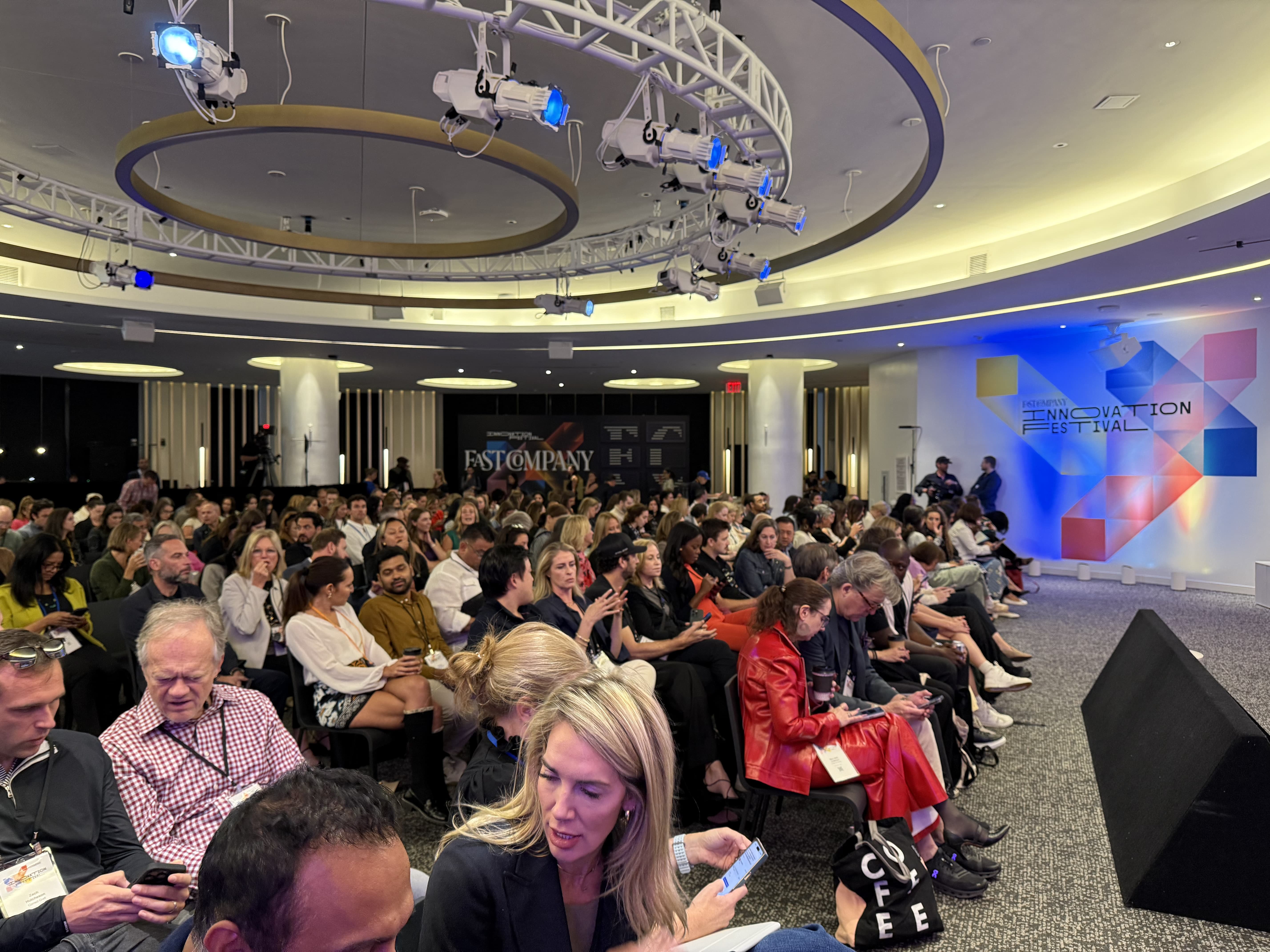
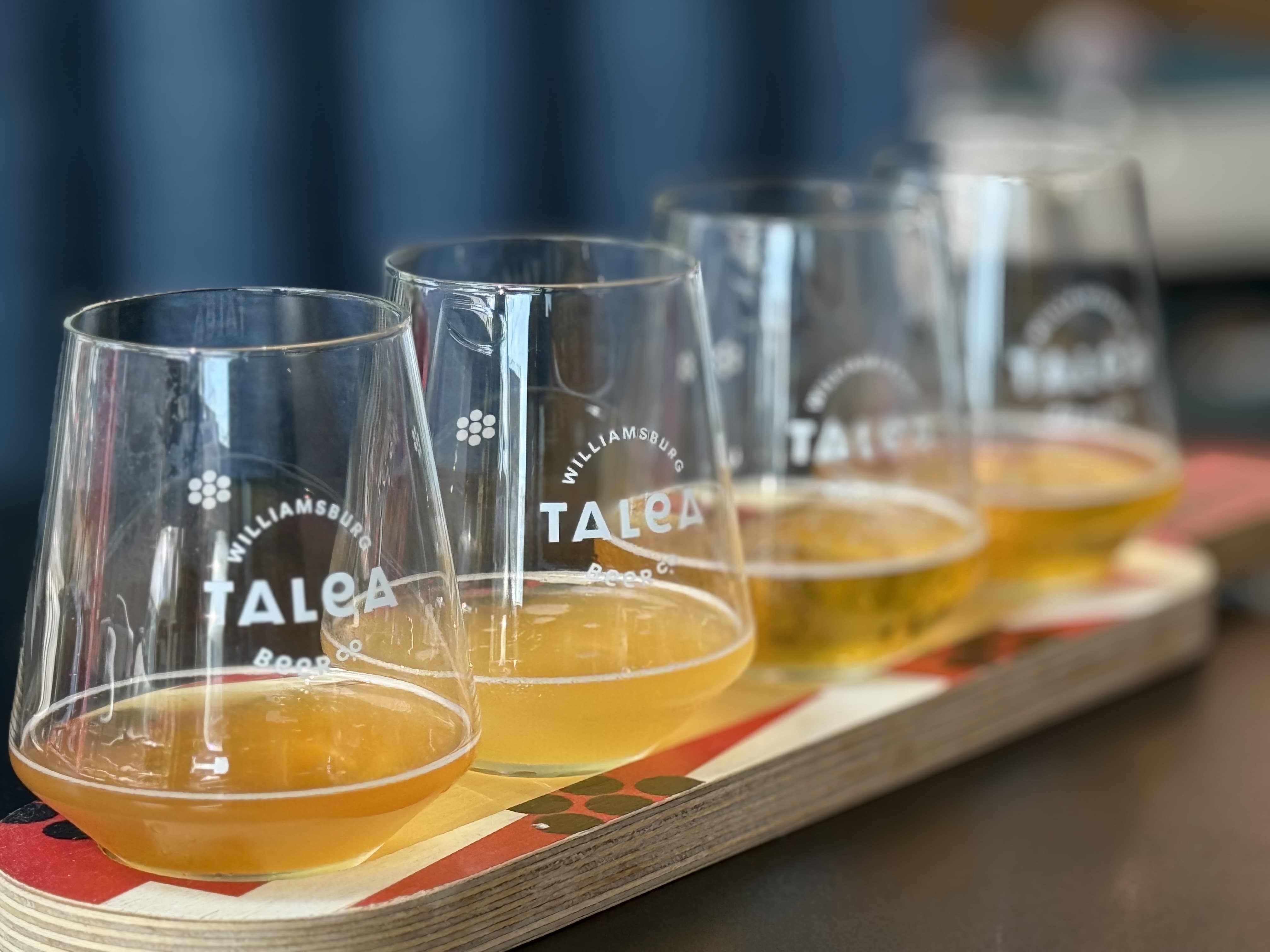
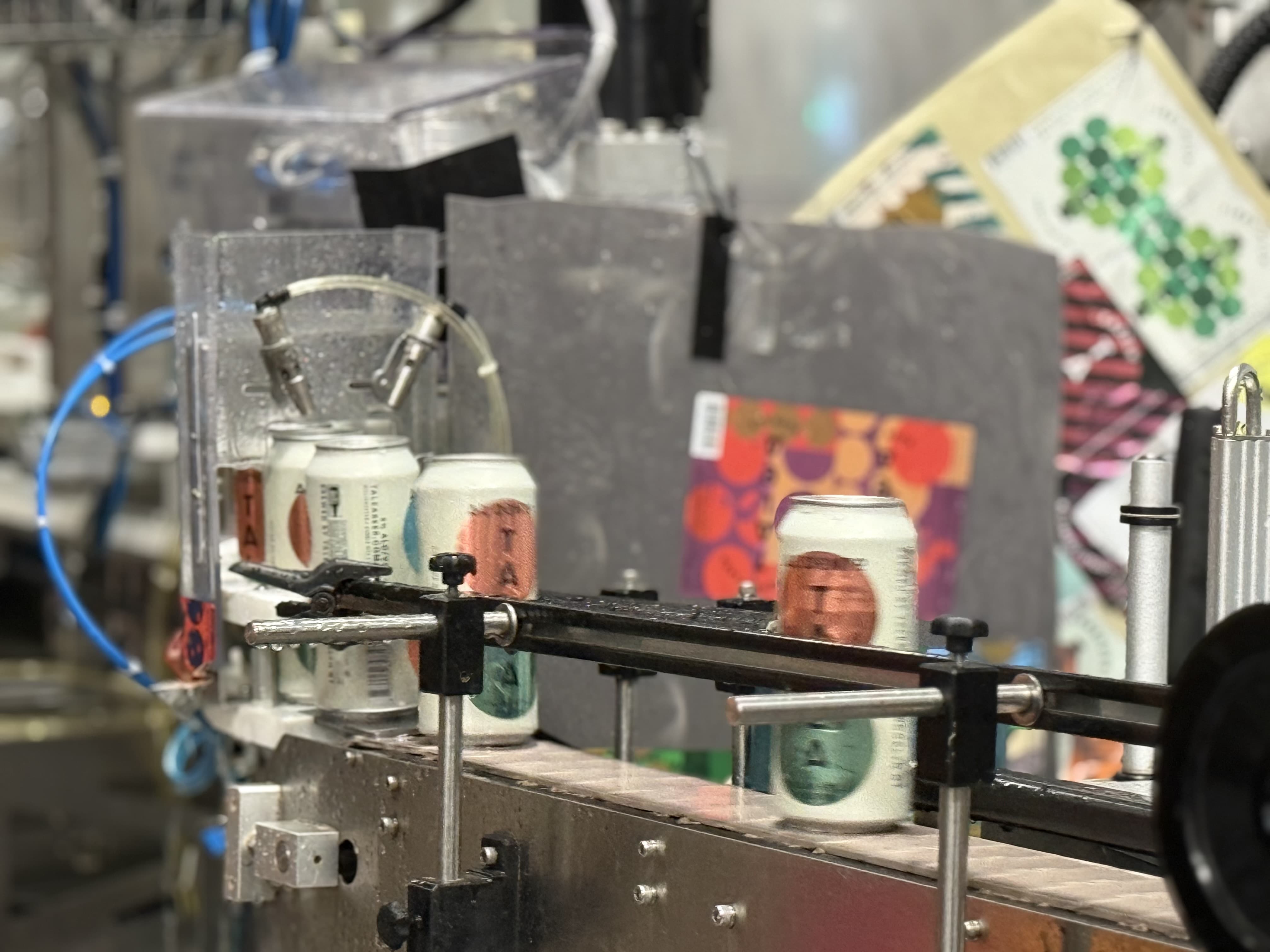

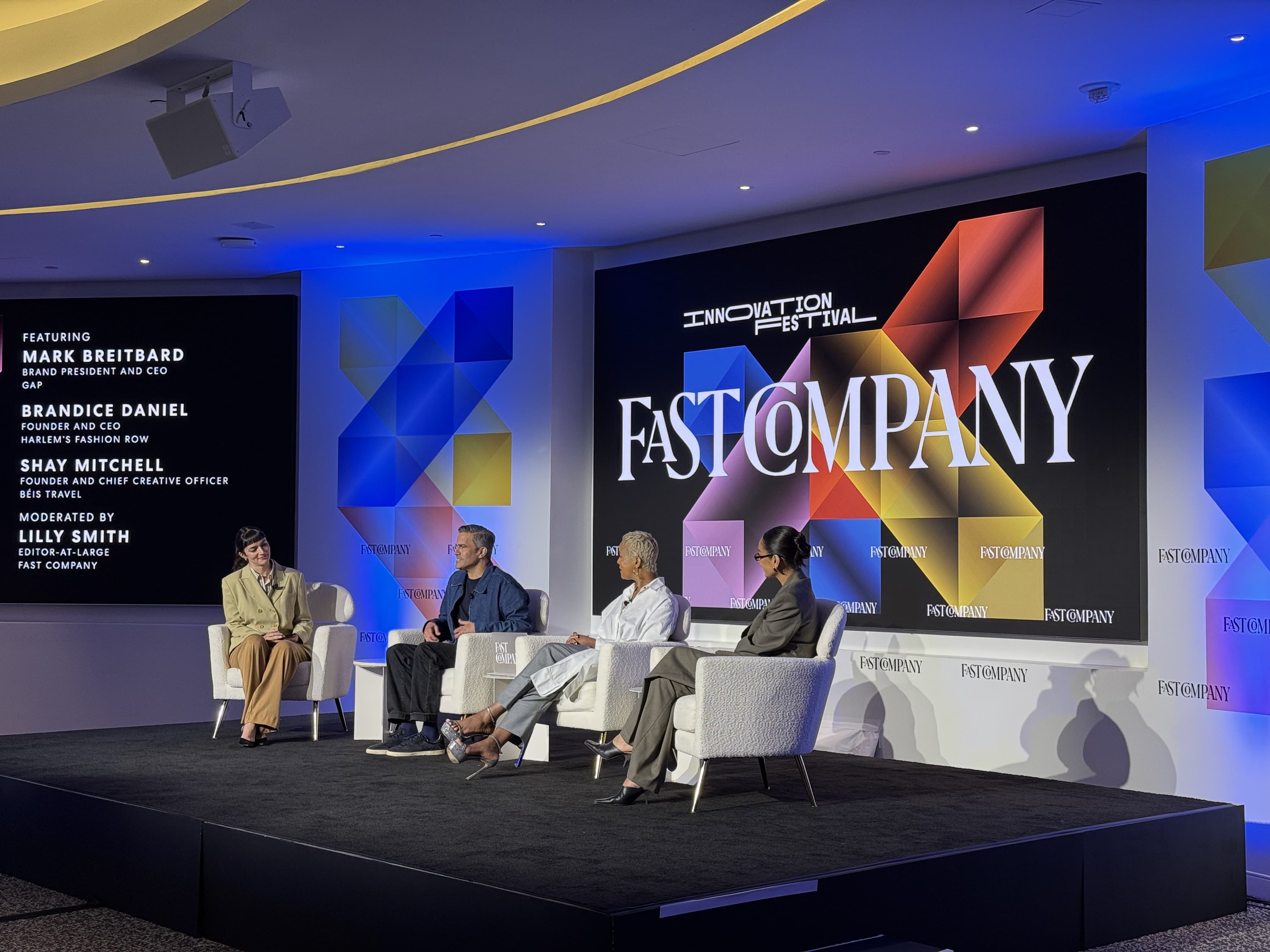
Culture has become the new distribution channel
Moët Hennessy's partnerships with LeBron James and Pharrell Williams aren't traditional endorsements. They're what their executives called "cultural translations," ways to bridge centuries old heritage with contemporary communities. The luxury brand isn't just selling champagne; they're selling access to cultural moments.
We see this challenge across all our projects now. The real question isn't how to get attention, but what cultural conversation you belong in and how you add value to it rather than just inserting yourself into it.
Tracee Ellis Ross's Roku series "Solo Traveling" became the platform's most-watched unscripted program because it tapped into something people were already feeling but hadn't seen reflected back to them. That's cultural fluency: recognizing what's emerging and giving it form before others even notice it's there.
Technology is moving faster than organizational culture
Arvind Jain from Glean presented "agentic AI," tools that act as proactive colleagues rather than passive assistants. The technology is impressive, but the real challenge isn't technical. It's helping organizations adapt their culture and processes to work alongside these new tools without losing their creative edge.
We're seeing this tension in every innovation project. Clients want to implement the latest technology, but they haven't thought through how it changes the way their teams work together, or what it means for their relationship with customers.
Jonathan Haidt's presentation on social media's impact on adolescent mental health drove this point home. The technology moved faster than our ability to understand its consequences. Now we're playing catch-up, trying to build guardrails after the fact.
What this means for strategy and design
These conversations confirmed something we've believed for years: the future belongs to organizations that can move between the digital and physical worlds fluidly, that understand culture as deeply as they understand technology, and that design for human needs rather than just efficiency metrics.
The most interesting companies at the festival weren't the ones with the most advanced technology. They were the ones asking the best questions. Starbucks asking why efficiency matters if it kills the experience. Sephora asking how digital tools can enhance rather than replace human expertise. AARP asking how design changes when your audience is living and working longer than ever before.
For our clients, this translates into three strategic priorities: designing experiences that flow seamlessly between digital and physical touchpoints, building cultural relevance rather than just functional utility, and implementing technology in ways that augment human creativity rather than replacing it.
The festival reminded us why we do this work. Good strategy and design isn't about predicting the future. It's about building the capacity to adapt when the future arrives sooner than expected.
Let’s grow together!
Have questions about your next growth move?
Mormedi has answers.
.svg)


